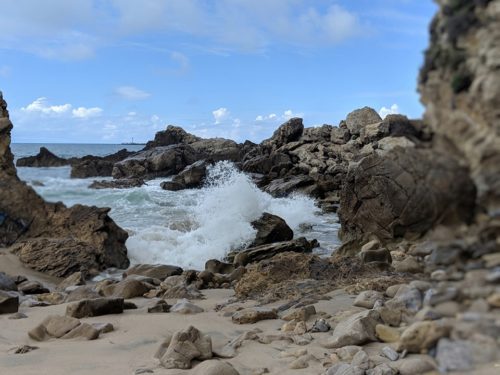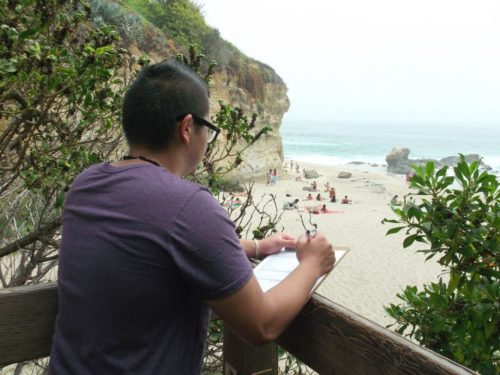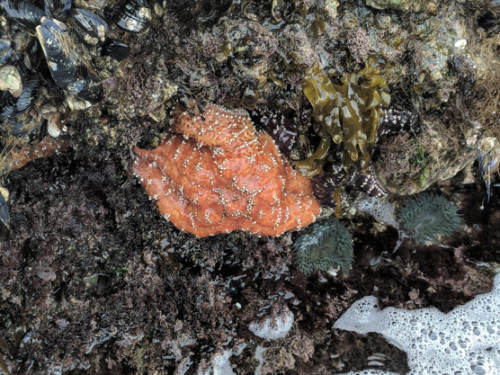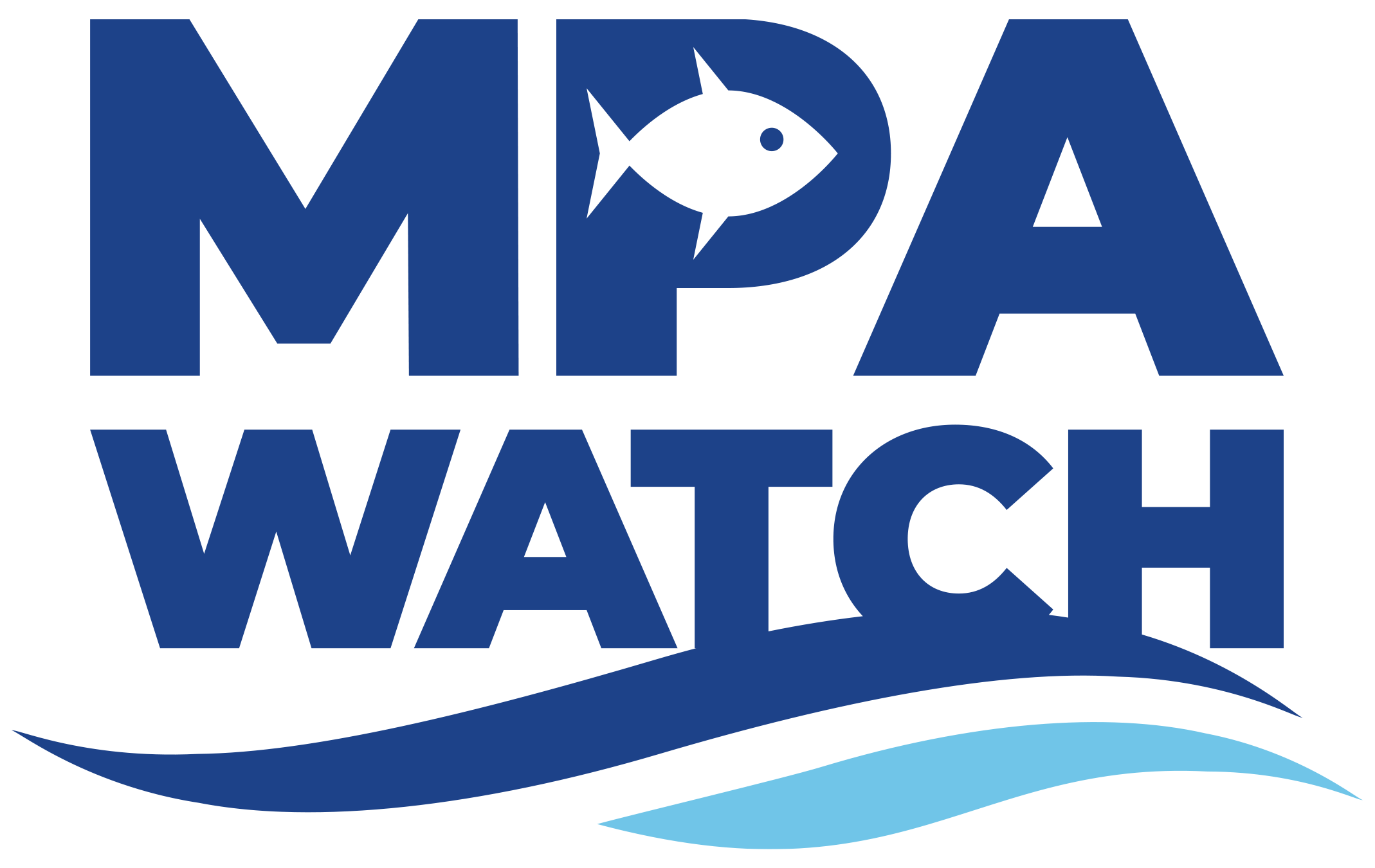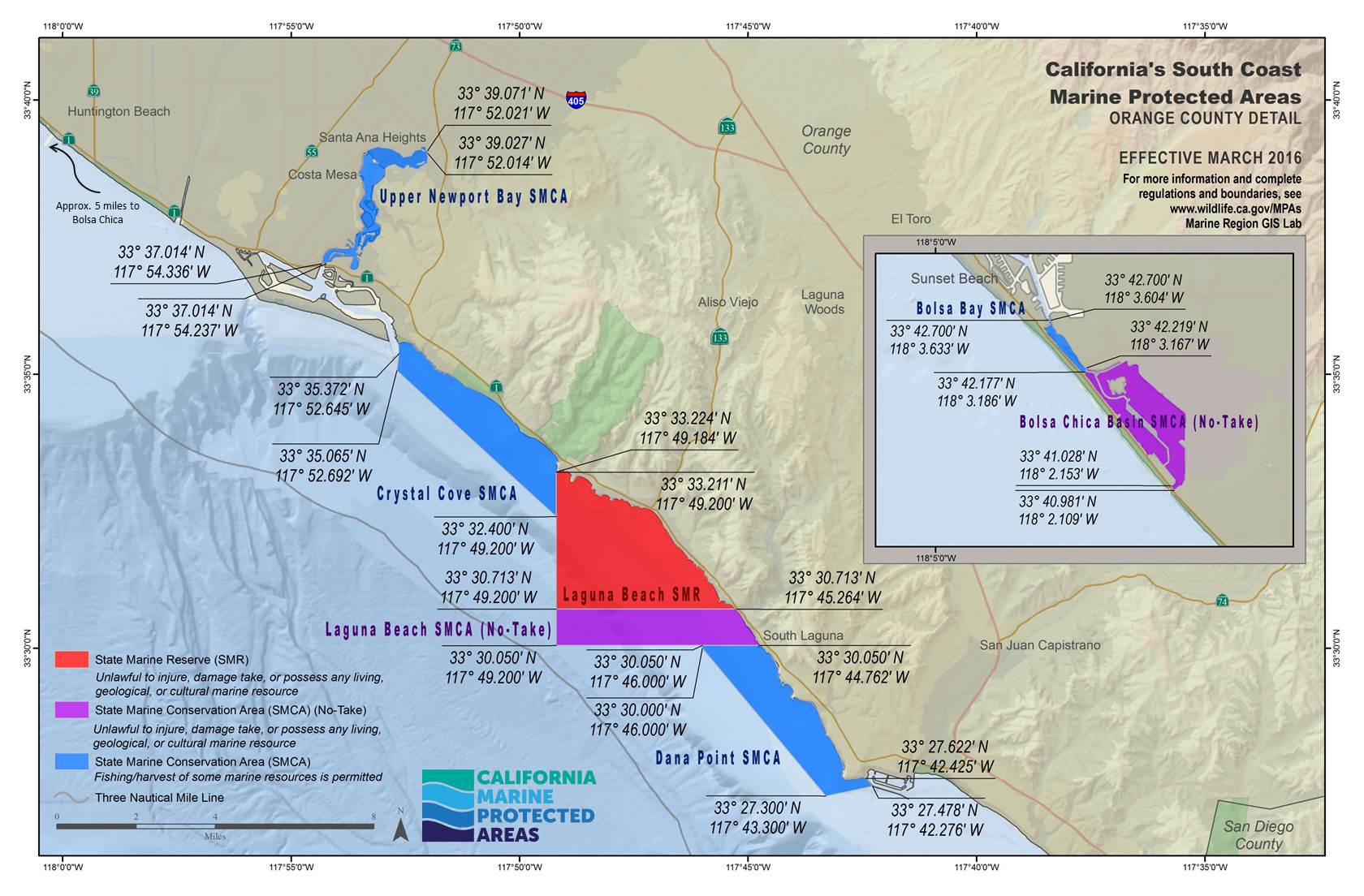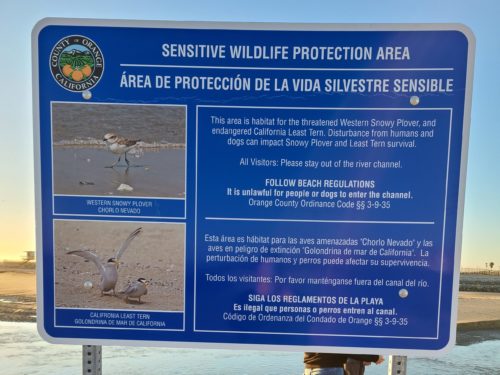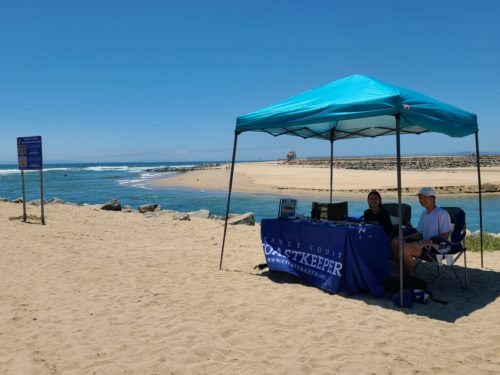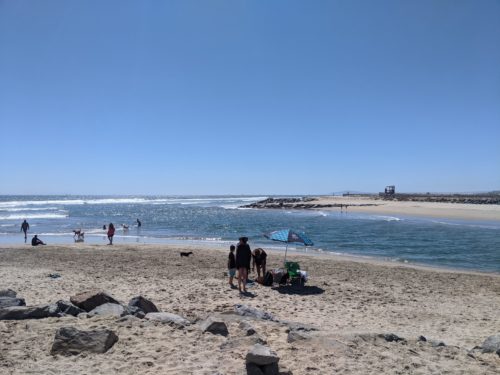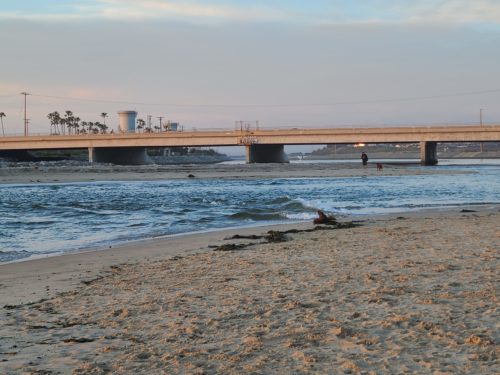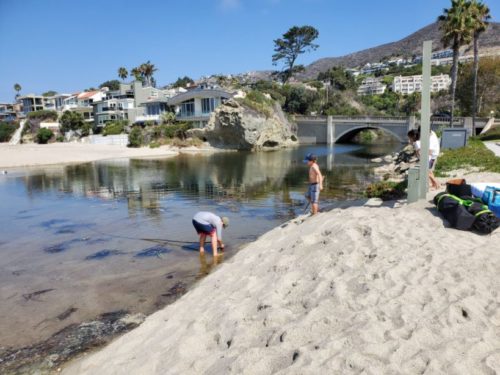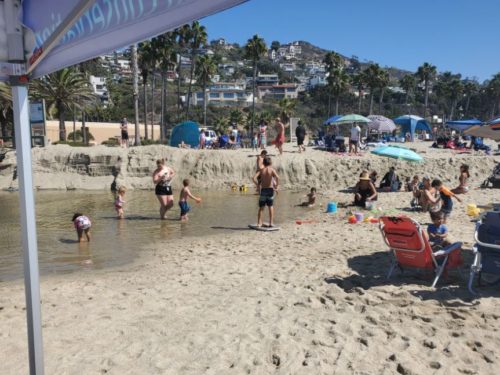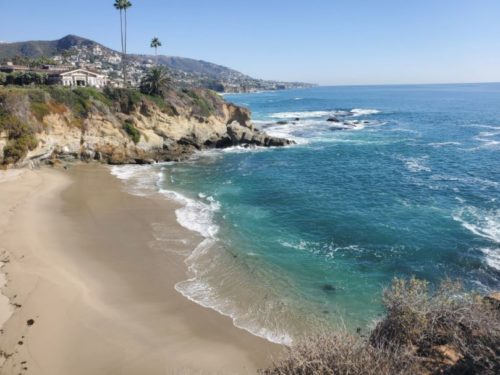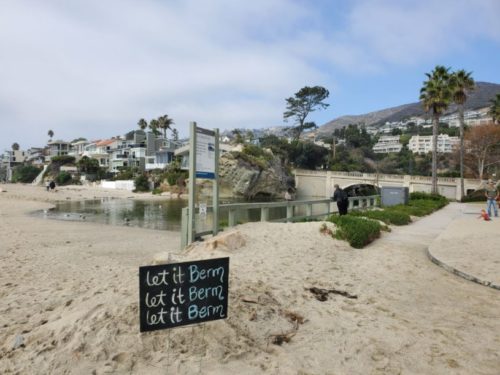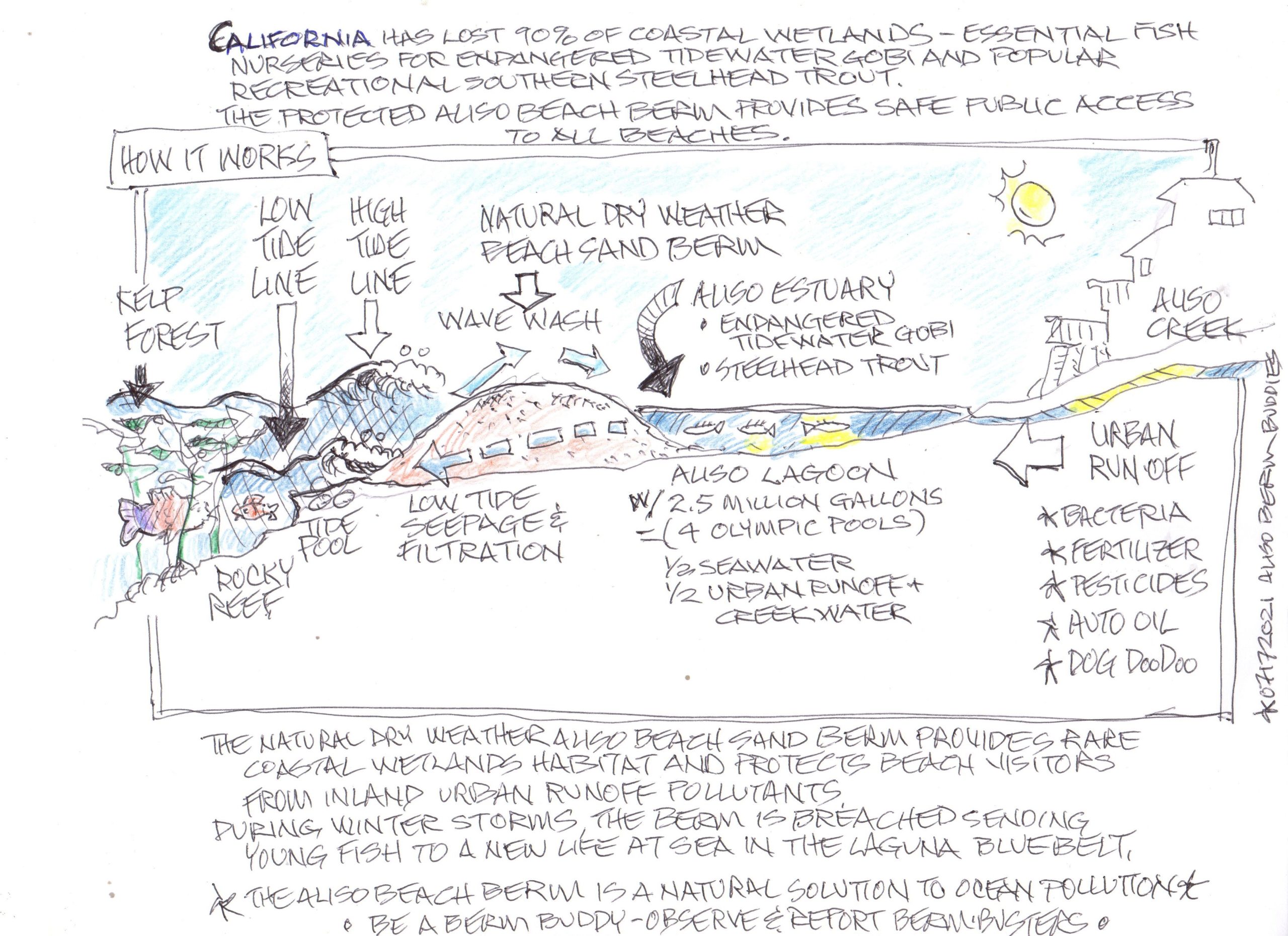Coastkeeper monitors coastal activity with the help of local volunteers.
About
MPA Watch is a network of programs that support healthy oceans through community science by collecting human use data in and around our protected areas. The program volunteers to observe and collect data on human uses of coastal and marine resources both inside and outside of marine protected areas. Volunteers use standardized protocols to collect relevant, scientifically rigorous, and broadly accessible data.
The activities monitored include consumptive (e.g. recreational and commercial shore-based and ocean-based fishing activities) and non-consumptive (e.g. kayaking, surfing, scuba diving, stand-up paddling, and wildlife viewing and beach-going) uses.
Coastkeeper is a certified MPA Watch partner in Orange County, California.
Get Involved
MPA Watch volunteers monitor all human uses in MPA’s including resting and games, running, walking, fishing, swimming, surfing, boating, diving and interacting with local tide pools. Most of these beach activities have little if any effect on the local Marine Protected Areas. Volunteers will also monitor consumptive activities such as collection from tide pools, and fishing that would disturb or displace any marine and plant life in the tide pools and surrounding beaches.
Volunteers can sign up with Orange County Coastkeeper or one of the organizations involved in implementing this program. You will be trained in proper monitoring methods and given information about priority survey sites and locations near your home including directions to the area and beach access locations, especially for the smaller neighborhood beaches. Once you arrive at the locations with the provided materials, you can get to work. Surveys take five to thirty minutes to complete.
Contact Ray at ray@coastkeeper.org with any questions about volunteering!
Santa Ana River Mouth Monitoring Project
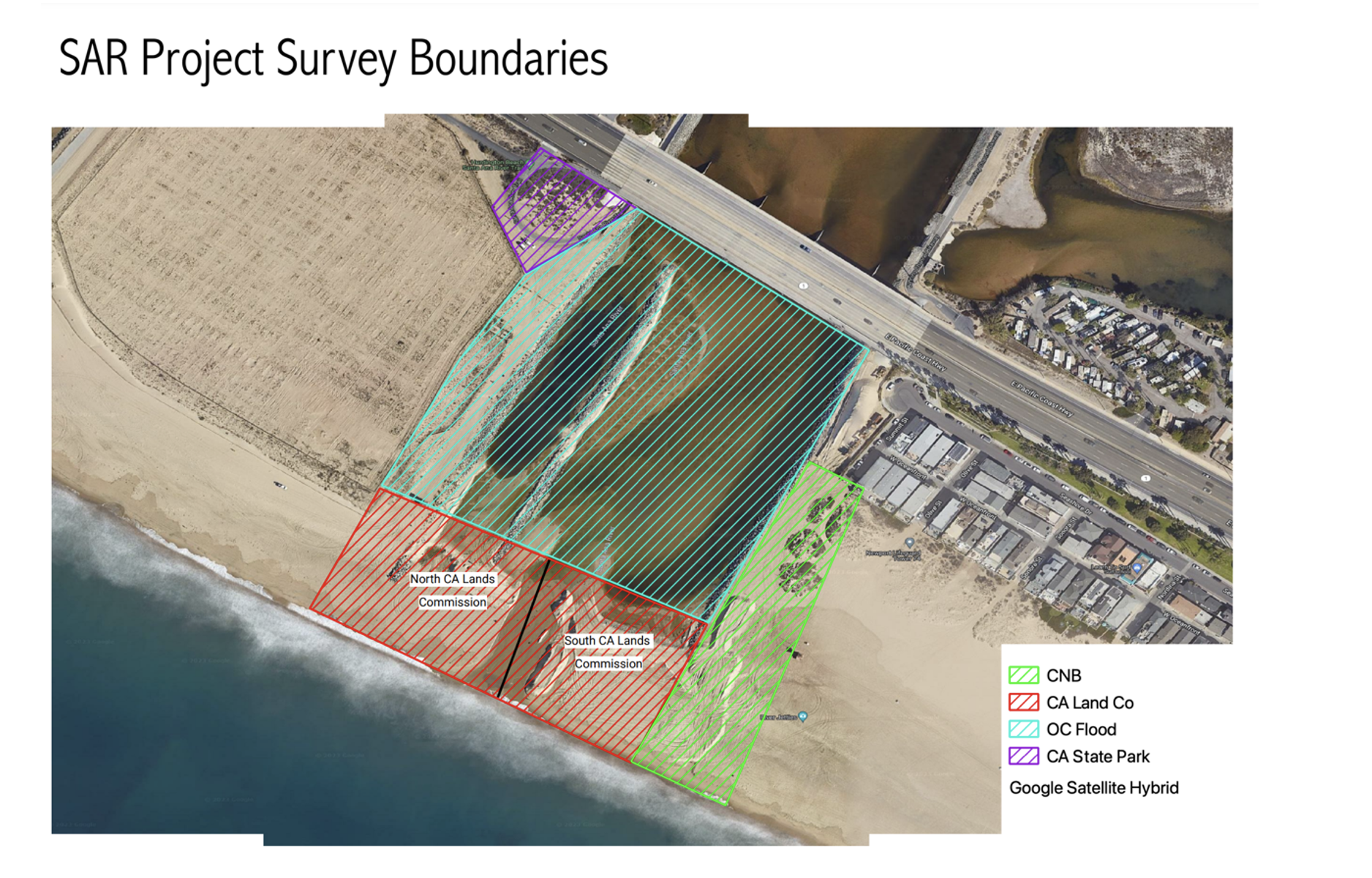
Santa Ana River Mouth Land Ownership Map
About the Program
The Santa Ana River drains the largest watershed basin in Southern California, an area over 2,650 square miles. Its 96-mile length ends in Orange County between Newport Beach and Huntington Beach at the Santa Ana River mouth.
The Santa Ana River mouth is a popular recreational spot for fishermen, surfers, and beach-goers alike. Hundreds of daily visitors take advantage of the seasonal sand bars that form in the river mouth to fish and play, merely a few feet away from one of the largest California Least Tern breeding colonies on the west coast and where Western Snowy Plovers have also come to call home.
The Santa Ana River Mouth Monitoring Project was born from a desire to protect the sensitive species that use the area, while also hoping to improve the area’s water quality. Over time, with the help of social media, the Santa Ana River Mouth has become a favorite spot for locals and visitors alike to bring their dogs to play in the water, where the sand bars are often protecting the river mouth from the surf, creating the illusion of safety in the area.
Where the problems, and conflict, arise are in the interactions between dogs in the area and the endangered birds that use the area to nest and feed.
This project is made possible due to funding from the California State Coastal Conservancy.
Get Involved
The initial goals of the project were to determine a baseline for human use in the Santa Ana River Mouth and to gather information on how the area is being used by the public and which public agencies are driving regulation enforcement. Since the project’s inception, its resulting data has already been used by land management agencies to inform projects and use in the area.
Click here to see what a sample data sheet looks like for this project.
Email ray@coastkeeper.org to be a part of this important work at the river mouth!
Endangered Birds
California Least Terns use the Santa Ana River Mouth seasonally, generally from mid-May to mid-August annually, to rear their young. They nest in the California Least Tern Preserve, managed by California State Parks. They use the river mouth to dive for fish to feed their chicks who rely heavily on their parents in their first weeks of life. Their young learn to dive for fish in this area and can be seen “loafing” on the dry sand as fledglings, resting in between flying and fishing lessons.
Western Snowy Plovers are year-round Orange County residents that use our beaches to forage for invertebrates that can be found in seaweed along the beach and to raise their chicks in shallow nests hidden among coastal dune plants. They generally nest mid-March through mid-July and while females typically lay 3-4 clutches (of typically 2-3 eggs) throughout the nesting season each male tends to raise one clutch alone. Western Snowy Plover chicks hit the ground running, so to speak, and can be seen foraging with their parents within a few hours of hatching. They need open access to the rack line, where seaweed washes ashore, and to coastal dunes to hide away in should there be predators around.
Both of these species have been present in the Santa Ana River mouth for tens of thousands of years. They’ve evolved to respond to threats by leaving the area, whether it’s due to the rising seas or the presence of coyotes. Thousands of generations of shorebirds have responded to coyotes in the same way, they flee the area and will abandon their nests and even their chicks. This presents a significant problem when we, in our desire to have a wonderful day with our wonderful pets, introduce animals that not only resemble coyotes in shape and movement but who are often driven to chase and even hunt birds. The result is that, in areas where these birds are nesting, when they see dogs they will often abandon their nests
Land Management Issues
At the Santa Ana River Mouth, the City of Newport Beach, the County of Orange, and California State Parks all have both property that they own and manage as well as leases with the California State Lands Commission that allow them to manage the land below the high tide line as well. Each of these organizations has its own regulations and rules about how its property can be used by the public and by extension their dogs.
In the News
- Unleashed dogs near Santa Ana River mouth threaten at-risk birds. Humans are partly to blame, Los Angeles Times, August 2023
- Taking dogs into nature? Here’s how to keep both safe, Orange County Register, July 2023
- Enforcement at Orange County’s illegal dog beach due to ramp up, Orange County Register, November 2021
- Dog haven threatens endangered birds, Voice of OC, April 2021
- Unofficial dog beach at Santa Ana River jetty to get more signs to stay away, Los Angeles Times, July 2020
- Dog days are doomed as enforcement ramps up at ‘unofficial dog beach’ at mouth of the Santa Ana River, Orange County Register, September 2019
Berm Buddies
About the Program
Email ray@coastkeeper.org to get involved!
The Aliso Berm Buddies Program monitors wildlife and anthropogenic impacts at Aliso Beach and Treasure Island in the city of Laguna Beach. Our research sites are designated as marine protected areas of California and are well-known destinations for tourists and locals. We evaluate abundance and behavior of marine mammals and coastal birds, as well as observe potential violations such as illegal fishing activities, wildlife and habitat disturbance, and collection of biota.
Our program also conducts outreach education about estuarine ecology, ocean conservation, and marine policy. A bar-built estuary is located in Aliso Beach in which a sandbar (i.e. berm) is built up by ocean waves and currents and fed by Aliso Creek – the largest urbanized watershed in southern Orange County that spans 30 square miles. This berm protects the impact of destructive ocean waves before they reach the Aliso Creek Estuary and mainland. Sometimes the berm is completely washed away leaving the coast and estuary more exposed and vulnerable to sea-level rise, habitat degradation, and pollution.
With our research, we aim to ensure enforcement of the Aliso Berm as part of the State Marine Conservation Area of Aliso Beach.
Get Involved
Orange County Coastkeeper is accepting applications for volunteers to assist in their Aliso Beach Berm Buddies Monitoring and Outreach Program! The goals of this program are increased observation, reporting, and community education, inform decision making by public agencies, protect the natural environment, and increase visitor safety. The project takes place in marine protected areas (MPAs) of Laguna Beach, California. Research assistants gain experience in field methods, outreach education, wildlife identification, and MPA regulations! You will work at the beach, socially distance, have a flexible schedule, and collaborate with scientists and NGOs! Entry-level experience is welcome.
Position: Research Assistant Volunteer (unpaid)
Location: Laguna Beach, CA
Commitment: 1 – 3 hours per week coinciding with low tides during daylight hours; 2-hour training required
Responsibilities include:
- Monitor human and wildlife use in the vicinity of the berm, creek, and beaches
- Identify and observe marine mammals, birds, vessels, fishing, and beach activities
- Collect and enter data into database, download photos of survey areas and human-wildlife activities
- Set up field equipment and conduct community outreach and education
- Communicate and coordinate with Orange County Rangers and Lifeguards to protect the berm from anthropogenic breaching
- Create social media posts and outreach materials
- Must be able to lift 50 pounds and work in variable weather conditions
- Travel, housing, and transportation will be the volunteer’s responsibility
Please submit your resume and questions to Ray Hiemstra at ray@coastkeeper.org.



